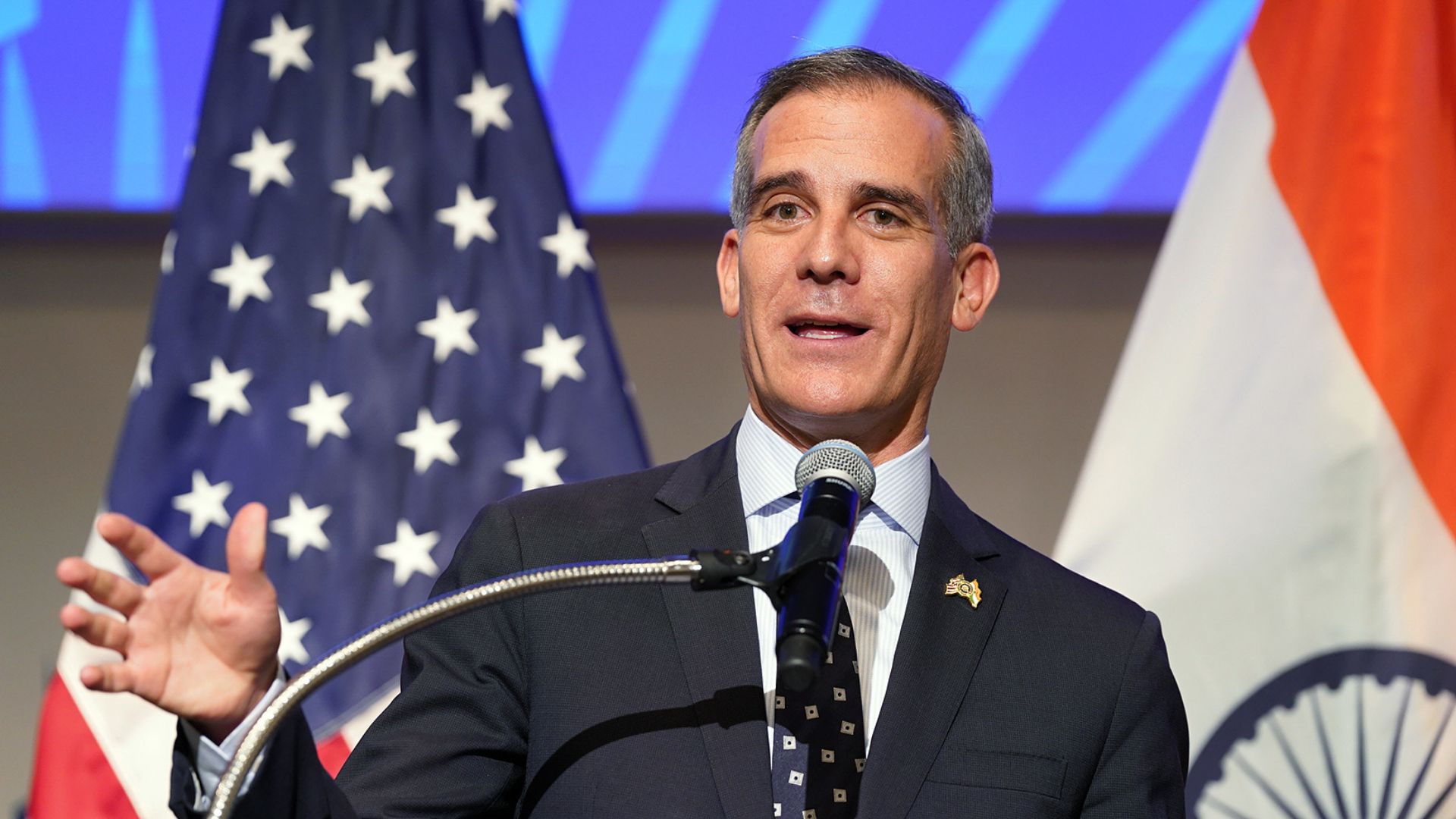Garcetti’s demand contrasts with U.S. restrictions on India’s access to 26/11 accused David Headley.
New Delhi: The ‘demand’ of accountability from the Indian government in the Pannun case by Eric Garcetti, the United States Ambassador to India, while being a clear case of the former Mayor of Los Angeles exceeding his brief, has again underscored the age old U.S. philosophy of ‘good terrorist-bad terrorist.’
The words of Garcetti, which by norms should be considered as the voice of the U.S. government, starkly contrast with the challenges faced by Indian investigators probing the 26/11 Mumbai terror attack when it was looking for similar accountability from the U.S government.
Indian investigators probing the 26/11 Mumbai terror attack encountered numerous restrictive rules that delayed and ultimately hindered their questioning of prime accused Daood Gilani, also known as David Headley, illustrating a double standard in how the U.S. engages with terrorism-related issues. Sixteen years after the horrific attacks, and despite multiple requests made by successive Indian governments, Washington has refused to extradite Headley to India to face the law for his crimes. While Gilani was arrested in October 2009 in Chicago by the Federal Bureau of Investigation (FBI), it was only in June 2010, eight months after his arrest and after, in all possibility, getting tutored by his handlers, that the U.S. government allowed a four-man team of the National Investigation Agency (NIA) to interrogate him. As per those who were a part of this interrogation, the said interrogation was carried out in a ‘restrictive-controlled’ manner.The said 34-hour interrogation, spread across seven days (June 3 to June 9), was allowed only in the presence of Gilani’s counsel, aided by FBI prosecutors and FBI officials. The NIA team, composed of senior officials, was explicitly instructed not to record the interrogation in audio or video, which is typically standard practice in such government-authorised interrogations. It was clear that Gilani was allowed to be interrogated by the NIA only after securing his ‘interests.’ As per Gilani’s own admission, he attended training camps in Pakistan operated by Lashkar-e-Taiba on five separate occasions between 2002 and 2005.
In late 2005, he received instructions from three members of Lashkar to travel to India to conduct surveillance, which he did five times leading up to the Mumbai attacks three years later that killed 166 people, including six Americans, and wounded hundreds more. To get to the bottom of the terror attack whose first steps were taken in 2005 and which was executed three years later, FBI allowed NIA only 34 hours of interaction with the main accused in a controlled environment, where the main accused was allowed to be flanked by his lawyers and FBI officials to potentially stop him from revealing something that he was not supposed to. This interrogation too was only allowed after Gilani had filed a written plea agreement before a Federal Court in Chicago when he changed his plea to guilty. After his plea was filed, the U.S. Attorney General, which Garcetti has recently claimed works ‘apolitically,’ decided not to seek the death penalty for Gilani ‘in light of his past cooperation and expected future cooperation.’

